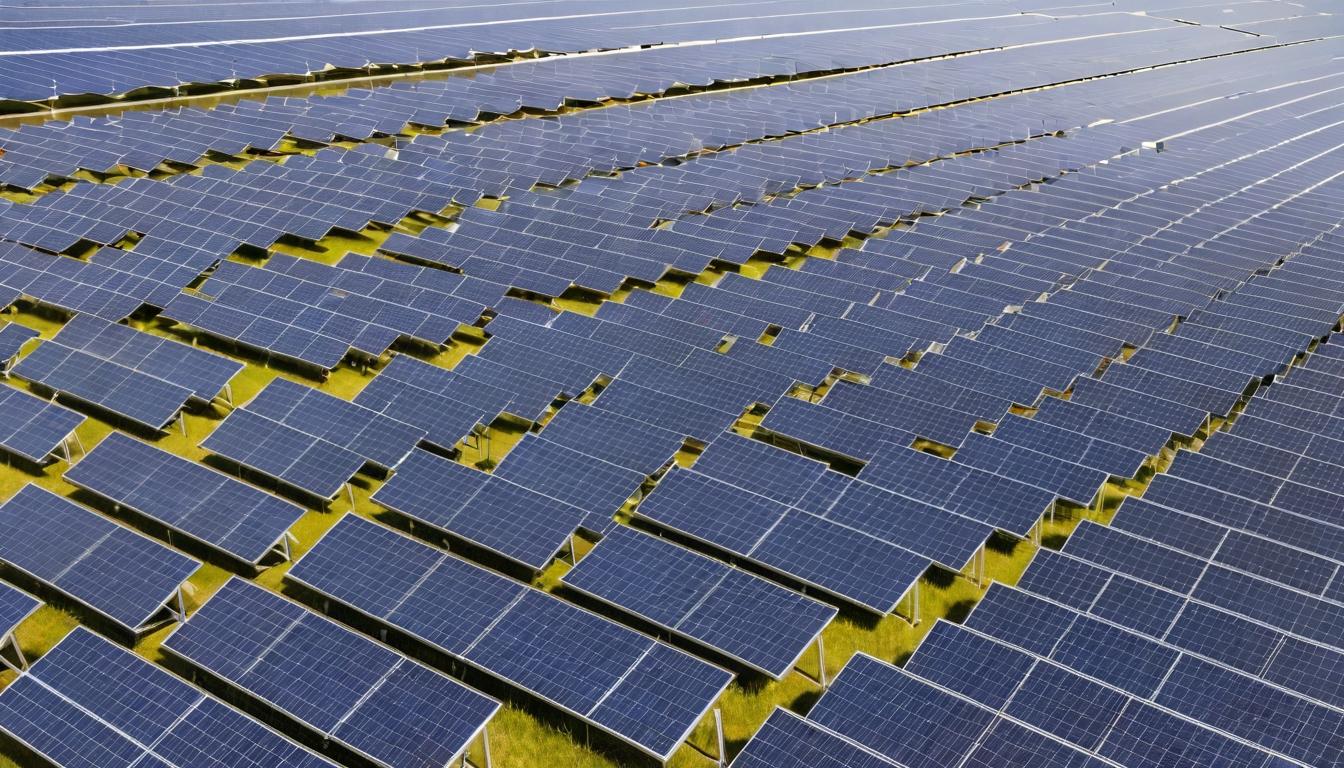The solar industry has been quietly undergoing a transformation that few outside the energy sector have noticed. While headlines focus on dramatic announcements about new solar farms and falling panel prices, a deeper revolution is happening in laboratories, manufacturing facilities, and boardrooms across the globe. This isn't just about making solar cheaper—it's about making it smarter, more durable, and fundamentally more integrated into our energy infrastructure.
Recent breakthroughs in perovskite solar cells are challenging everything we thought we knew about solar efficiency. Researchers at multiple institutions have achieved conversion rates approaching 30% in laboratory settings, a figure that seemed impossible just five years ago. What makes this particularly exciting isn't just the efficiency gains, but the potential for these cells to be manufactured using simple printing processes rather than complex semiconductor fabrication. This could democratize solar panel production in ways we haven't seen since the personal computer revolution.
The manufacturing side tells an equally compelling story. Automated factories now produce solar panels with precision that human hands could never achieve, while advanced quality control systems catch microscopic defects before they become problems. The result? Panels that not only perform better but last longer—many manufacturers now offer 30-year performance guarantees that would have been unthinkable a decade ago. This reliability revolution is quietly building consumer confidence in solar technology as a long-term investment rather than a speculative gamble.
Energy storage, once solar's Achilles heel, is undergoing its own quiet transformation. Lithium-ion batteries get most of the attention, but flow batteries, compressed air storage, and even gravity-based systems are showing remarkable promise for grid-scale applications. The real breakthrough, however, may be in how these storage systems communicate with both solar arrays and the broader grid. Smart inverters and advanced control systems are creating a responsive energy network that can anticipate demand, weather patterns, and even equipment maintenance needs.
Financing models for solar projects have evolved just as dramatically. Power purchase agreements (PPAs) have become increasingly sophisticated, with structures that account for everything from seasonal weather variations to regulatory changes. Community solar programs are expanding access to renters and low-income households, while green bonds are attracting institutional investors who previously viewed solar as too risky. The financial infrastructure supporting solar is becoming as robust as the technology itself.
The regulatory landscape is shifting in ways that reward innovation rather than punish it. Net metering policies are evolving into more sophisticated value-of-solar calculations that recognize the grid benefits of distributed generation. Interconnection processes that once took months are being streamlined through automated systems and standardized requirements. These bureaucratic improvements may not make headlines, but they're reducing soft costs that have long plagued solar deployment.
Workforce development represents another quiet success story. Training programs are producing technicians who understand not just how to install panels, but how to integrate them with smart home systems, electric vehicle charging, and battery storage. These solar professionals are becoming energy system architects rather than simple installers, commanding higher wages and bringing greater expertise to every project.
Supply chain innovations are making solar more resilient to geopolitical tensions and trade disputes. Diversified manufacturing bases, improved recycling capabilities for end-of-life panels, and domestic production of critical components are reducing vulnerabilities that could have derailed the solar revolution just a few years ago. The industry is building redundancy and resilience into its very DNA.
Perhaps most importantly, solar is becoming context-aware. Advanced monitoring systems can now detect when a panel needs cleaning, when an inverter is operating suboptimally, or when trees are casting shadows at certain times of day. This intelligence allows for proactive maintenance and optimization that maximizes energy production throughout a system's lifetime. The solar arrays of tomorrow won't just generate electricity—they'll manage it intelligently.
The integration of solar with other renewable technologies creates synergies that multiply the benefits of each. Solar-plus-wind installations can provide more consistent power generation, while solar-plus-agriculture projects are demonstrating how land can serve multiple purposes simultaneously. These integrated approaches represent a maturation of renewable energy from standalone solutions to comprehensive systems.
As solar technology continues its quiet evolution, it's becoming clear that the future isn't just about generating clean electricity—it's about creating an intelligent, responsive, and resilient energy ecosystem. The solar panels themselves are becoming the visible tip of a much larger technological iceberg, one that promises to transform not just how we power our homes and businesses, but how we think about energy itself.
The quiet revolution transforming solar energy from alternative to essential

